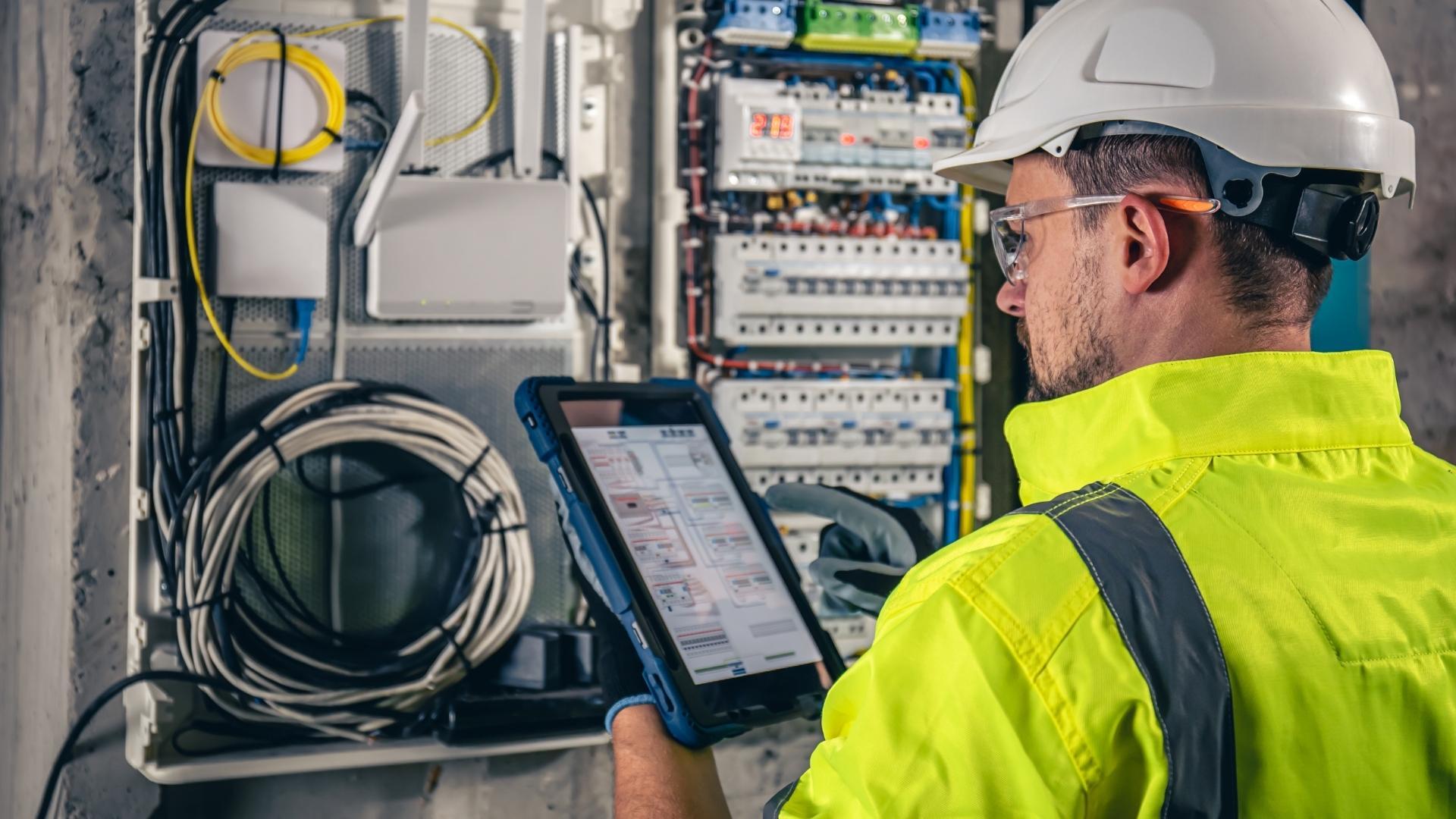In modern manufacturing companies, the rapid and targeted provision of technical information is crucial for smooth operations. A content delivery platform (CDP) enables knowledge from various sources to be delivered centrally, digitally, and in context. The result: fewer errors, shorter search times, and significantly higher process reliability.
When a machine in production experiences an unplanned stoppage or a technician is unsure about the next maintenance steps, one systemic issue often becomes apparent: information exists but is not available where it is needed – or it is provided in formats that are difficult to use in a specific situation. Technical information, such as operating manuals, spare parts data, maintenance instructions, or work instructions, are frequently distributed across multiple systems and departments.
Many production managers and COOs are familiar with this scenario. Among the consequences are lengthy search times, misunderstandings, duplicate data entries, time-consuming queries, and, in the worst case, production downtime. Although many processes have already been digitalised, in practice this digitalisation often ends where it is most needed: at the service terminal or during mobile maintenance.
Content delivery platforms: Information provision as an underestimated efficiency factor
A content delivery platform addresses precisely this challenge. It consolidates technical information from a wide range of sources and provides it via a central, role-based access – transparent, context-sensitive, and, if required, supported by AI functions. The goal is to supply staff with exactly the information they need for their specific situation, as efficiently as possible.
For manufacturing, this means that technicians, maintenance teams, and production planners can access precisely the information relevant to them at any given moment. A simple search is enough to retrieve suitable sets of instructions, illustrations, or linked process documents. Modern platforms employ semantic search, intelligent suggestion functions or chatbot assistance to deliver relevant results even for imprecise queries.
In this way, CDPs become a cornerstone of production organisation. Especially in maintenance, reaction times can be significantly reduced and errors avoided. For example, when a machine is refitted or serviced, the responsible specialist can use a QR code to access the relevant set of instructions or an explanatory video directly – independent of device and without time-consuming searches.
From idea to practice: Content delivery platforms in manufacturing
A content delivery platform can be integrated into existing IT and production environments. The underlying information remains in the original systems – such as ERP, PLM, or editorial systems – and is automatically prepared for the platform. This eliminates duplicate data maintenance and simultaneously increases information quality.
A CDP can, for example:
- consolidate machine and plant documentation from various sources,
- display maintenance intervals and link them with spare parts data,
- identify common fault patterns and provide proven troubleshooting steps,
- guide staff through interactive instructions,
- capture and integrate feedback from the shop floor.
Static documents thus become dynamic information spaces, making the company's experiential knowledge accessible. The benefits are tangible: search times decrease, staff make better-informed decisions, and communication between departments becomes more efficient.
The market for content delivery platforms is now well established, with solutions differing significantly in terms of functionality, integration capability, and usability. It is therefore essential to clarify your own requirements and technical conditions in advance. A structured selection process provides the necessary transparency. Support from independent experts can help identify and realistically assess suitable systems. Companies that do not wish to tackle this process alone can consult vendor-independent service providers like kothes, who offer advice during selection and implementation. In our blog post, we outline the necessary steps for seleting a content delivery platform.
Maintenance without detours

© kuzmichstudio / AdobeStock
In many manufacturing companies, every machine maintenance task quickly becomes a small research project. Information is stored on various servers, in manuals, Excel files or on USB drives – by equipment, location, or area of responsibility. New staff spend a lot of time identifying the correct document and are often reliant on the help of experienced colleagues.
With a content delivery platform, this situation changes fundamentally. The maintenance technicians receive immediate access via tablet to the appropriate instructions for the specific model and current maintenance status. A digital assistant provides answers about error codes, and additional notes from previous maintenance activities are displayed. The content originates from different sources but appears in a unified, intuitive interface.
The result: maintenance is carried out more safely, quickly and with less training required. At the same time, experiential knowledge is systematically documented and made available to other teams.
Conclusion: Content delivery platforms – Information availability as a key to resilience
Content delivery platforms offer manufacturing companies the opportunity to provide technical information in a structured, understandable, and efficient manner. They improve access to existing knowledge, reduce sources of error, and increase operational capacity. AI-supported functions make operation more intuitive and turn access to relevant information into a component of digital infrastructure.
For COOs and production managers, this is a chance to recognise the often-overlooked information provision as a strategic field of action. Investing in the systematic preparation and delivery of knowledge not only improves current processes but also strengthens the long-term viability of the company.

